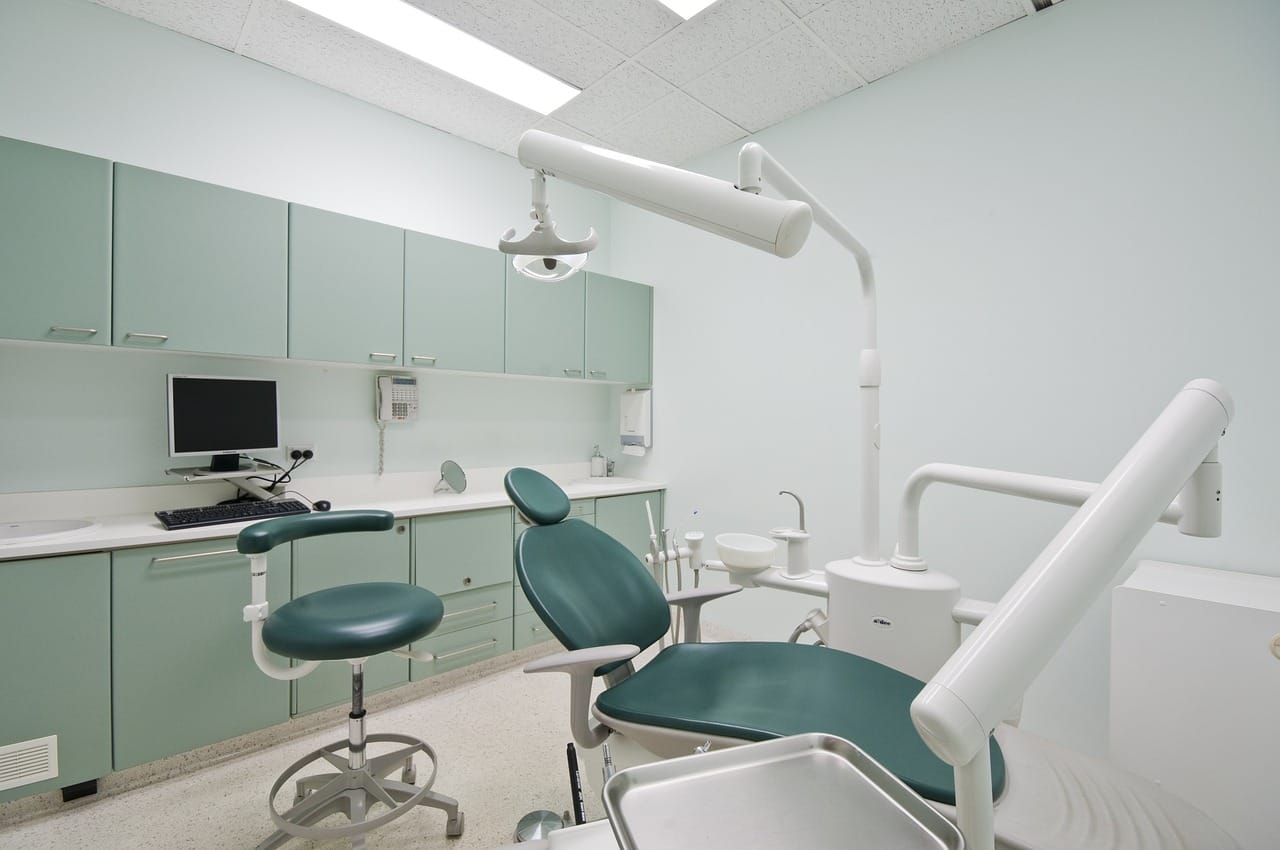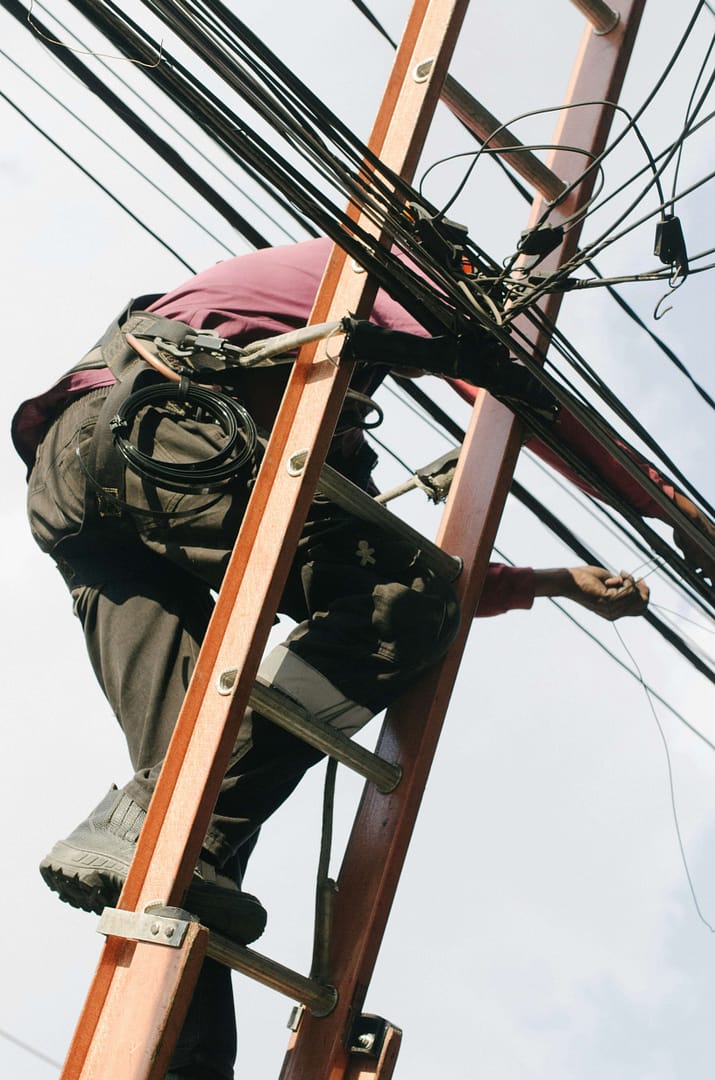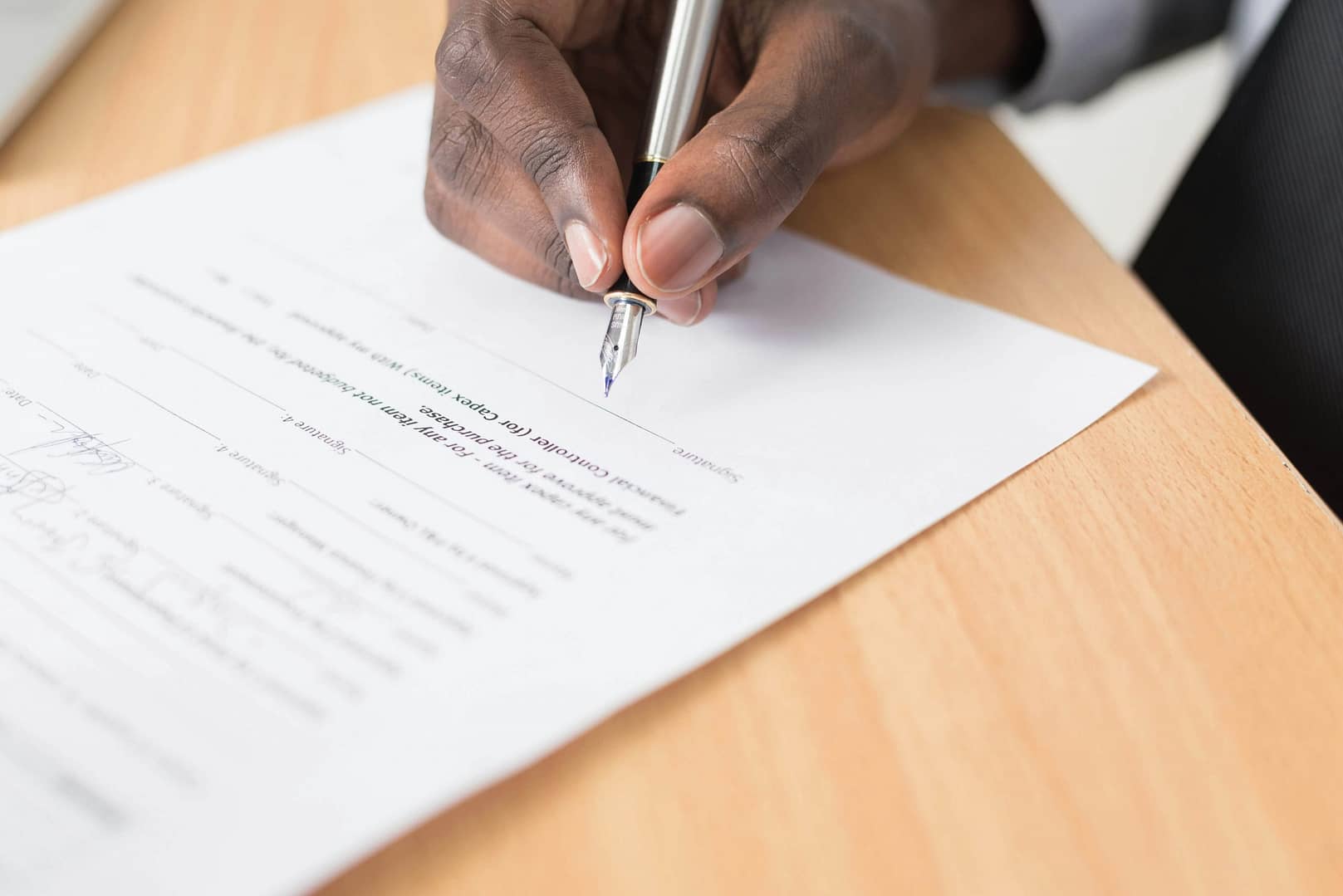Public transport is a vital aspect of modern urban life, connecting people to their workplaces, schools, and leisure activities. In Scotland, as in many parts of the world, a well-organised public transport system is essential for a thriving society. However, with the convenience of public transport come certain risks, one of the most significant being personal injuries. In this article, we’ll delve into the world of public transport in Scotland, exploring the duty of care for public transport providers, safety measures in place, and the steps passengers can take to minimise personal injury risks.
Understanding the Duty of Care for Public Transport Providers
One of the fundamental principles in the realm of public transport is the duty of care held by providers. This duty extends to ensuring the safety and well-being of passengers during their journey. Transport providers in Scotland are legally obligated to take reasonable precautions to prevent accidents and injuries to passengers. While there may not be a universal duty of care that applies across all modes of public transport, it generally includes:
Maintenance and Inspection: Public transport providers must maintain their vehicles, stations, and infrastructure in a safe and functional condition. Regular inspections and maintenance schedules are crucial in this regard.
Training and Supervision: Staff operating and overseeing the transport system should be adequately trained and supervised to perform their duties competently. This includes drivers, station personnel, and security staff.
Accessibility: Ensuring that the transport system is accessible to all, including those with disabilities, is part of the duty of care. This involves providing accessible facilities and assistance as needed.
Security: Public transport providers must take measures to protect passengers from criminal activities, such as assault, theft, or vandalism, while on their premises or using their services.
Emergency Response: Having effective procedures in place to manage and respond to emergencies is essential. This includes providing first aid and swift response to accidents.
Safety Measures in Place
The safety of passengers on public transport in Scotland is a priority, and various measures are in place to minimise the risk of personal injuries. These measures aim to address a wide range of potential risks, including accidents, crime, and other safety concerns.
Vehicle Maintenance: Public transport providers are committed to maintaining their vehicles in top condition. Regular checks and servicing ensure that buses, trains, trams, and other vehicles are safe to use.
Safety Equipment: Many vehicles are equipped with safety features such as seatbelts and safety announcements. Passengers are encouraged to use these features to enhance their safety during their journey.
Security Personnel: Transport providers employ security personnel at stations and on vehicles to deter criminal activities and assist passengers in distress.
CCTV Surveillance: Many transport stations and vehicles are equipped with closed-circuit television (CCTV) cameras, which not only deter criminal behaviour but also provide a record of incidents for investigation.
Emergency Procedures: Public transport operators have established procedures for managing emergencies, including accidents, medical incidents, and security breaches. Passengers are encouraged to familiarise themselves with these procedures.
Accessibility Features: Most public transport providers in Scotland are equipped with facilities to assist passengers with disabilities, including ramps, priority seating, and assistance services.
Passenger Responsibility for Personal Safety
While public transport providers have a duty of care to ensure passenger safety, passengers also play a crucial role in their own well-being during the journey. Here are some steps passengers can take to minimise personal injury risks:
Be Aware of Surroundings: Staying aware of your surroundings can help you identify and respond to potential safety risks. This includes recognising suspicious behaviour and emergency exits.
Use Safety Features: Buckling up with seatbelts and using handrails when available can significantly reduce the risk of injury during unexpected events like sudden stops or accidents.
Report Safety Concerns: If you notice safety concerns, such as malfunctioning safety equipment or suspicious activity, report it to transport staff or authorities immediately.
Travel in Groups: When possible, travel with friends or family, as there is safety in numbers. Avoiding isolated areas within the transport system can enhance personal safety.
Follow Safety Instructions: Pay attention to safety announcements and instructions provided by the transport staff. These instructions are designed to help you in case of an emergency.
Stay Up-to-Date: Keep yourself informed about any changes or disruptions in the public transport system. Staying up-to-date can help you plan your journey more safely.
Making a Personal Injury Claim with National Claims
As a passenger who has experienced a personal injury while using public transport in Scotland, you may be wondering what steps to take next. At National Claims, we understand the challenges you face and are here to guide you through the claims process. Our experienced team is well-versed in handling cases related to public transport accidents.
When making a personal injury claim with National Claims, here’s what you can expect:
Consultation: We begin with a consultation to understand the specifics of your case. We’ll listen to your account of the incident and gather all necessary information.
Legal Assessment: Our legal experts will assess the viability of your claim. We’ll determine whether you have a strong case and guide you on the best course of action.
Gathering Evidence: We’ll assist you in gathering evidence to support your claim. This may include medical records, witness statements, and any other relevant documents.

Conclusion
Public transport in Scotland is a critical component of daily life, providing convenience and accessibility to a wide range of destinations. While safety measures and a duty of care are in place to protect passengers, personal injuries can still occur. However, passengers can take proactive steps to enhance their safety, and legal recourse is available for those who experience injuries due to negligence or accidents.
National Claims, with its expertise in handling personal injury claims related to public transport, can guide you through the process of seeking compensation for your injuries and related expenses. Remember, your safety is a priority, and it’s important to stay vigilant and informed while using public transport in Scotland. By taking responsibility for your safety and seeking professional guidance when needed, you can make your journeys on public transport as safe as possible.
Start your claim with National Claims today and speak to one of our claims specialists by contacting us.
Click below to see why we are one of the most trusted claims management companies in the UK.

We’re proud of our excellent customer reviews
We thrive on delivering exceptional service and ensuring our clients’ satisfaction. Don’t just take our word for it. Check out some of our independent reviews to see what our clients have to say.
Excellent

This firm is excellent, they sorted out my car pay out and injury claim very fast, they always communicate with you all the time.

My accident case was dealt with confidence and with great result of the outcome, especially James kept me informed all the time.

I was very impressed at the way my inquiry was treated. I was listened to attentively and everything I needed to know was explained to me.






